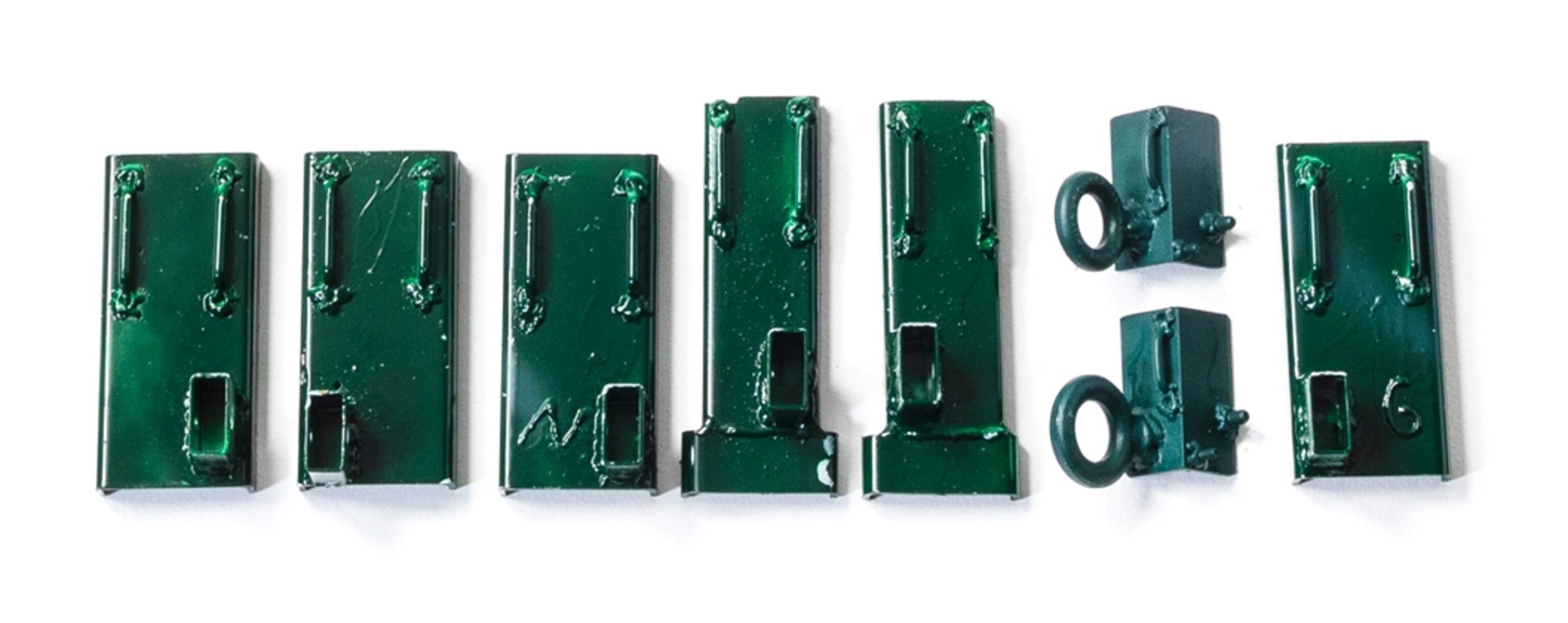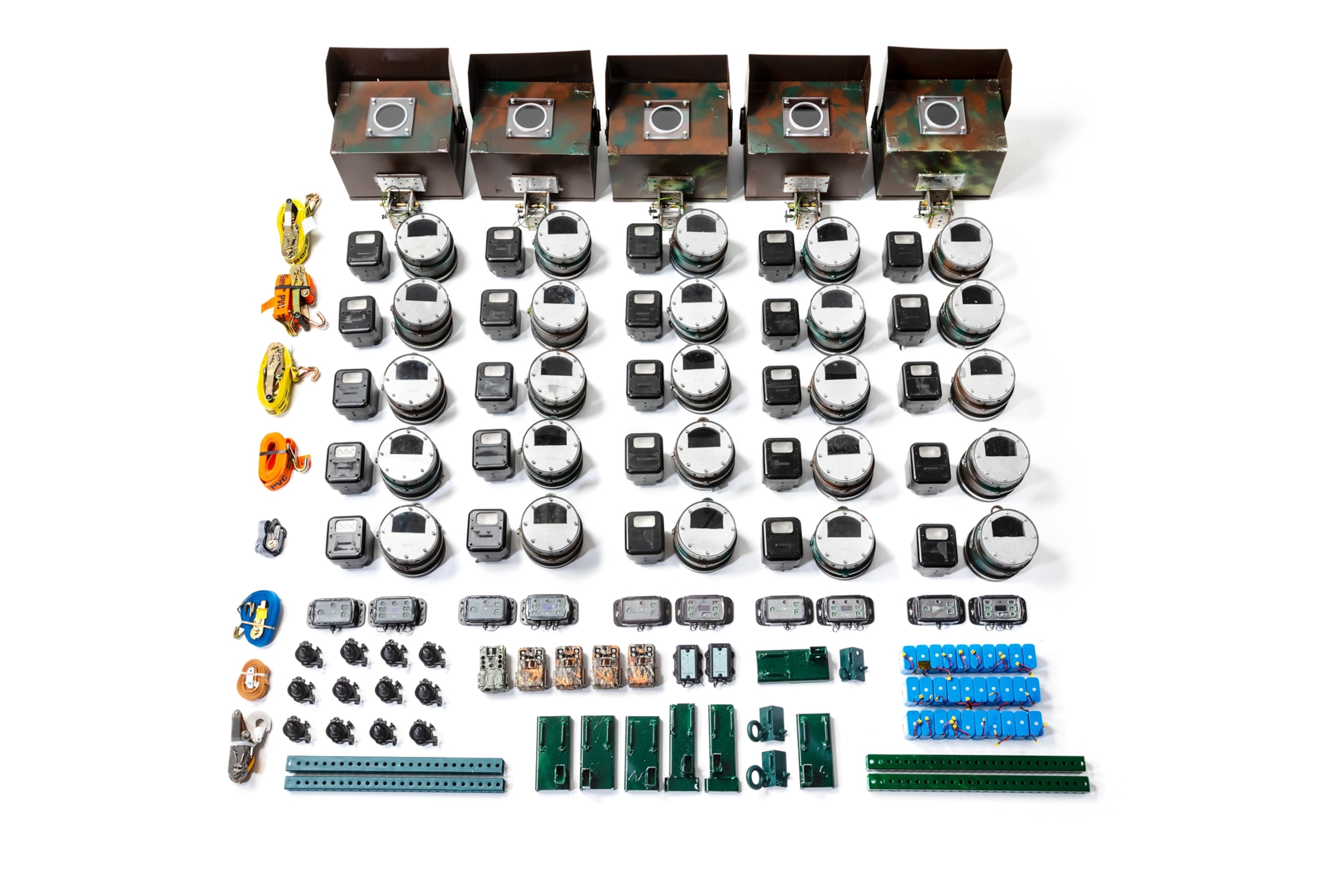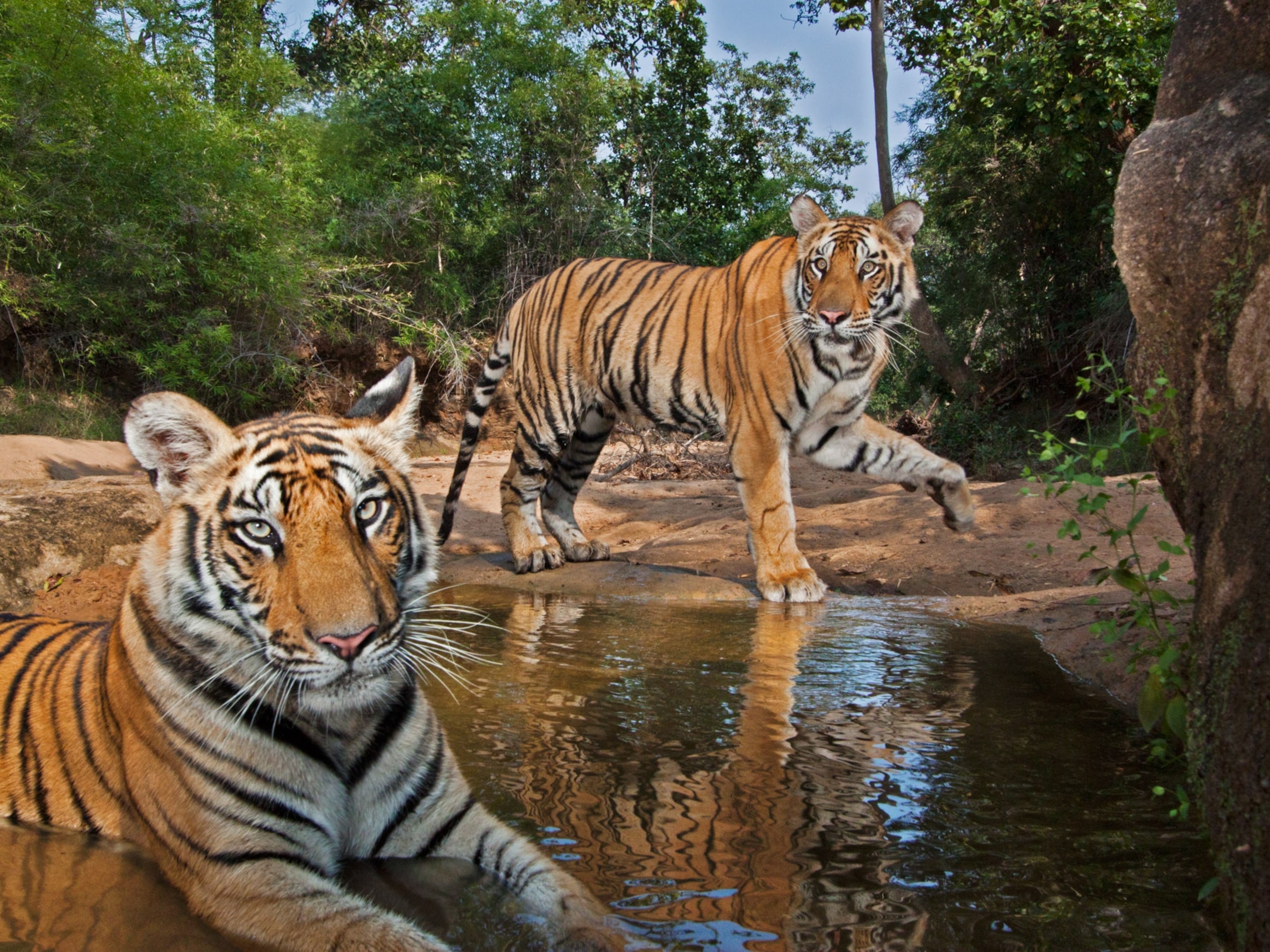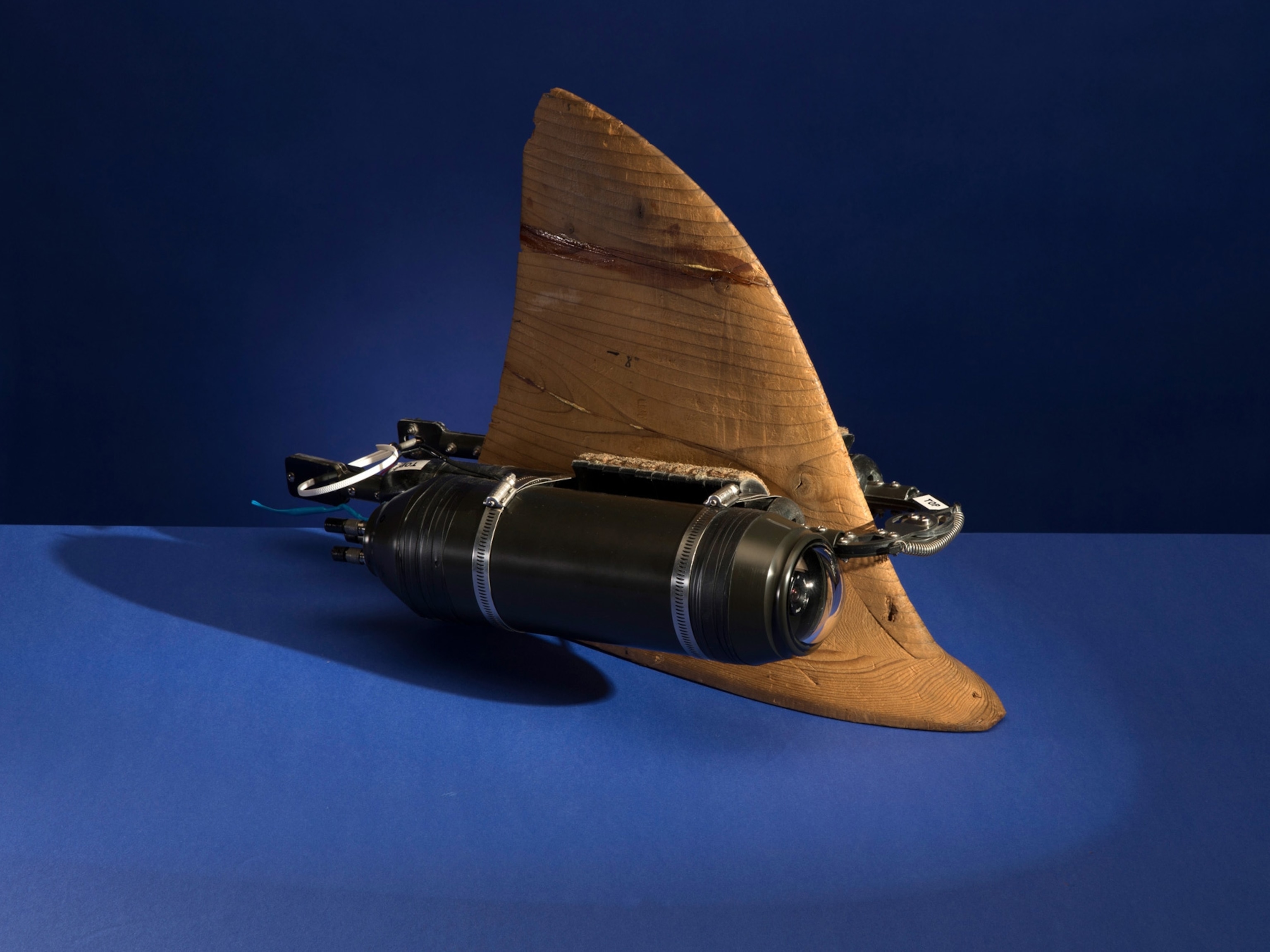How do you protect a delicate camera while photographing a powerful yet sometimes skittish animal? That was the dilemma faced by Jasper Doest last year when he was in Gabon to cover the effects of climate change on forest elephants. (One of the resulting images also appears in our 2022 Pictures of the Year story.) He needed a way to capture the foraging pachyderms without frightening them away from their food source. For help, Doest turned to National Geographic photo engineer Tom O’Brien, who designs and builds solutions for all kinds of field assignment hurdles. In this case, that meant developing an extraordinarily strong camera trap that wouldn’t disturb the elephants or the area’s protected trees, and making multiples of everything as backup.
Camera-trap housings
To withstand the pokes and prods of elephants, the world’s largest land animal, O’Brien made steel rainproof containers that weighed 35 pounds when “fully loaded,” he says.

Ratchet straps
Instead of screws that might harm the trees, straps secured the traps.
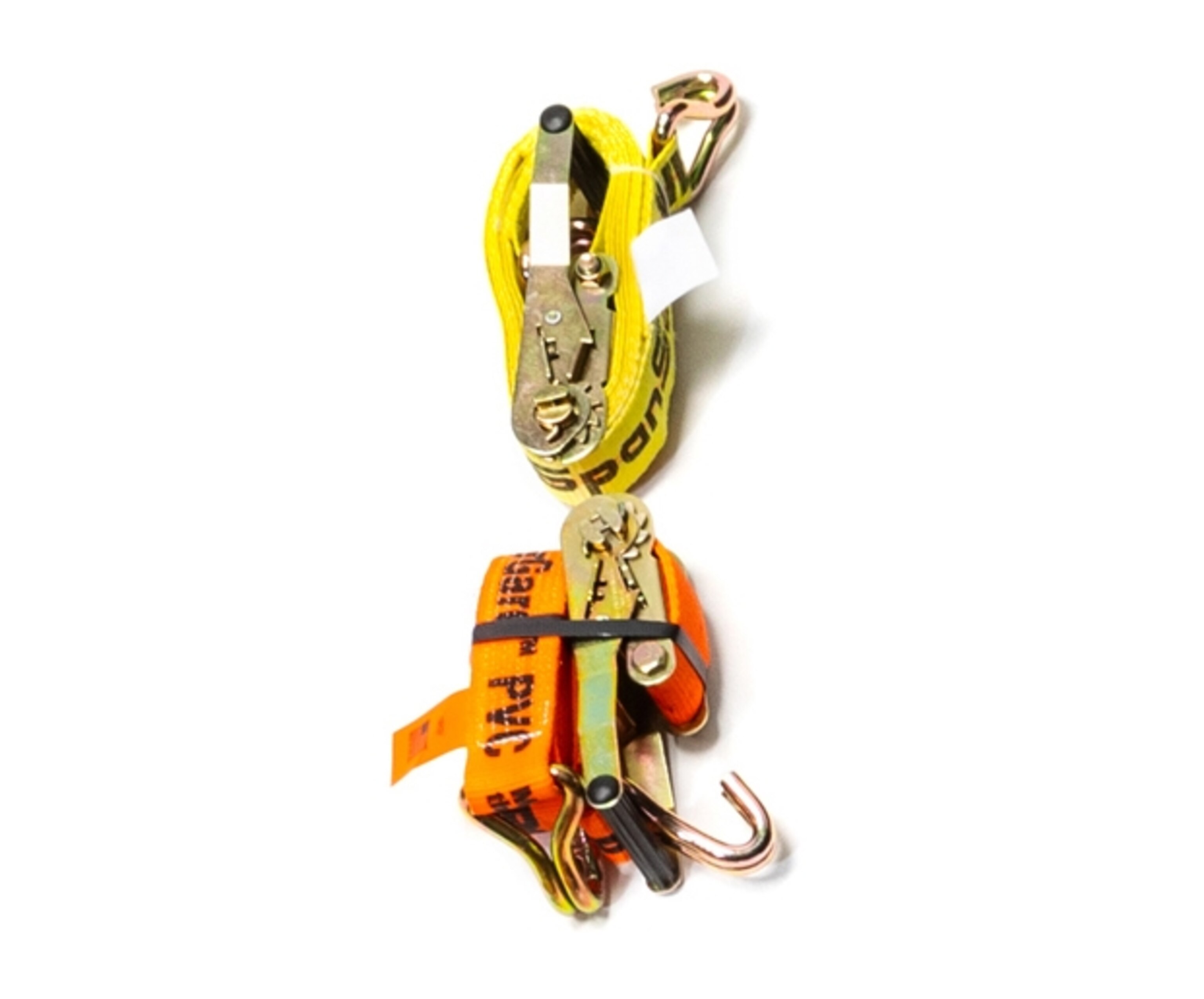
Wireless strobes
Infrared flashes illuminated the elephants without scaring them away.

Beam-break motion sensors
This two-part tool sent infrared light across a trail. When an animal broke the beam, that triggered the camera to take a photo.

Ball heads
They held the strobe to a mounting device.
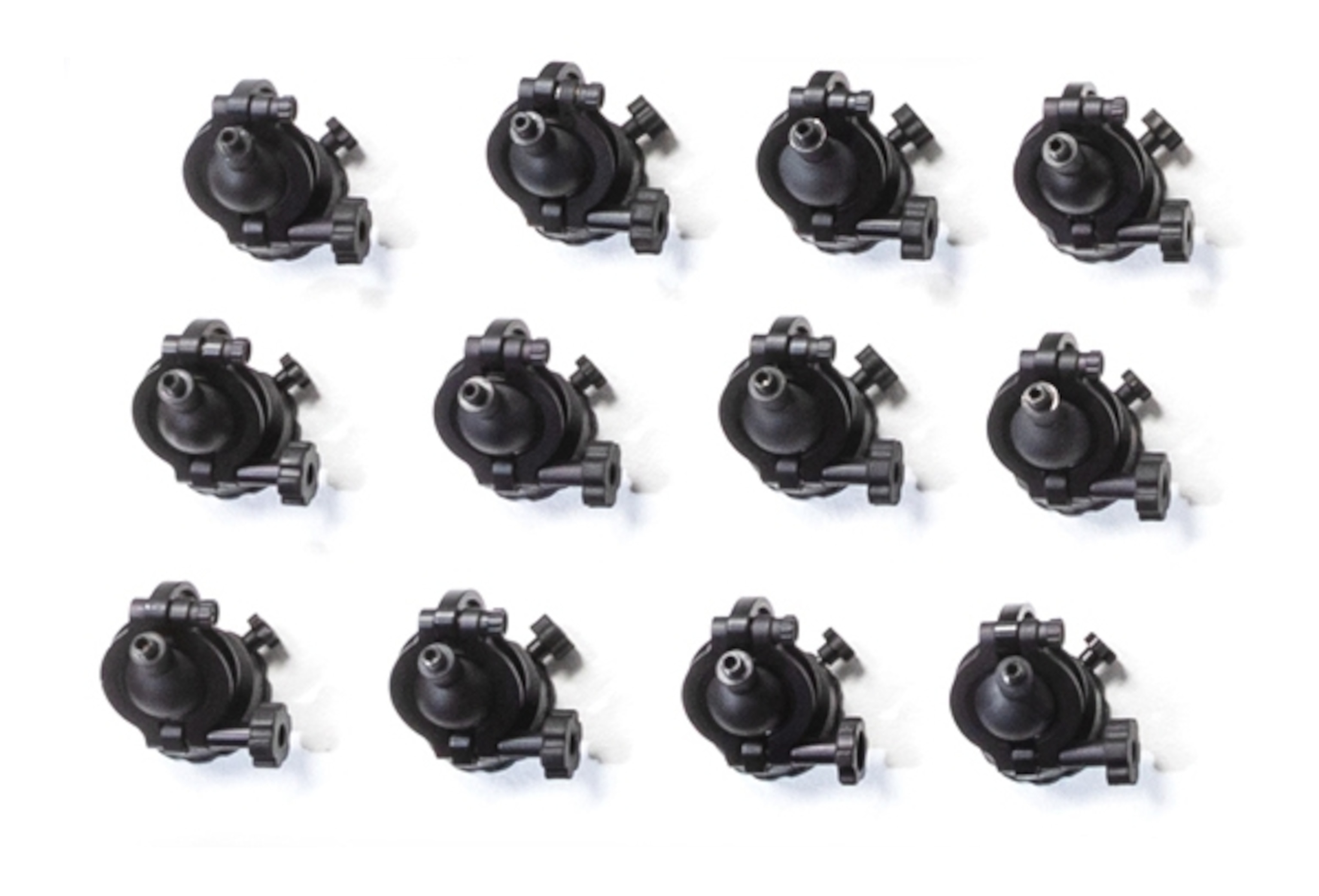
Trail cameras
These off-the-shelf items helped monitor the custom camera traps, but they were “getting smashed and tusked,” O’Brien says.

Passive infrared motion sensors
After detecting infrared energy emitted from an animal’s body, they fired the camera shutter.

Batteries
Sixty lithium ones powered the traps and strobes.
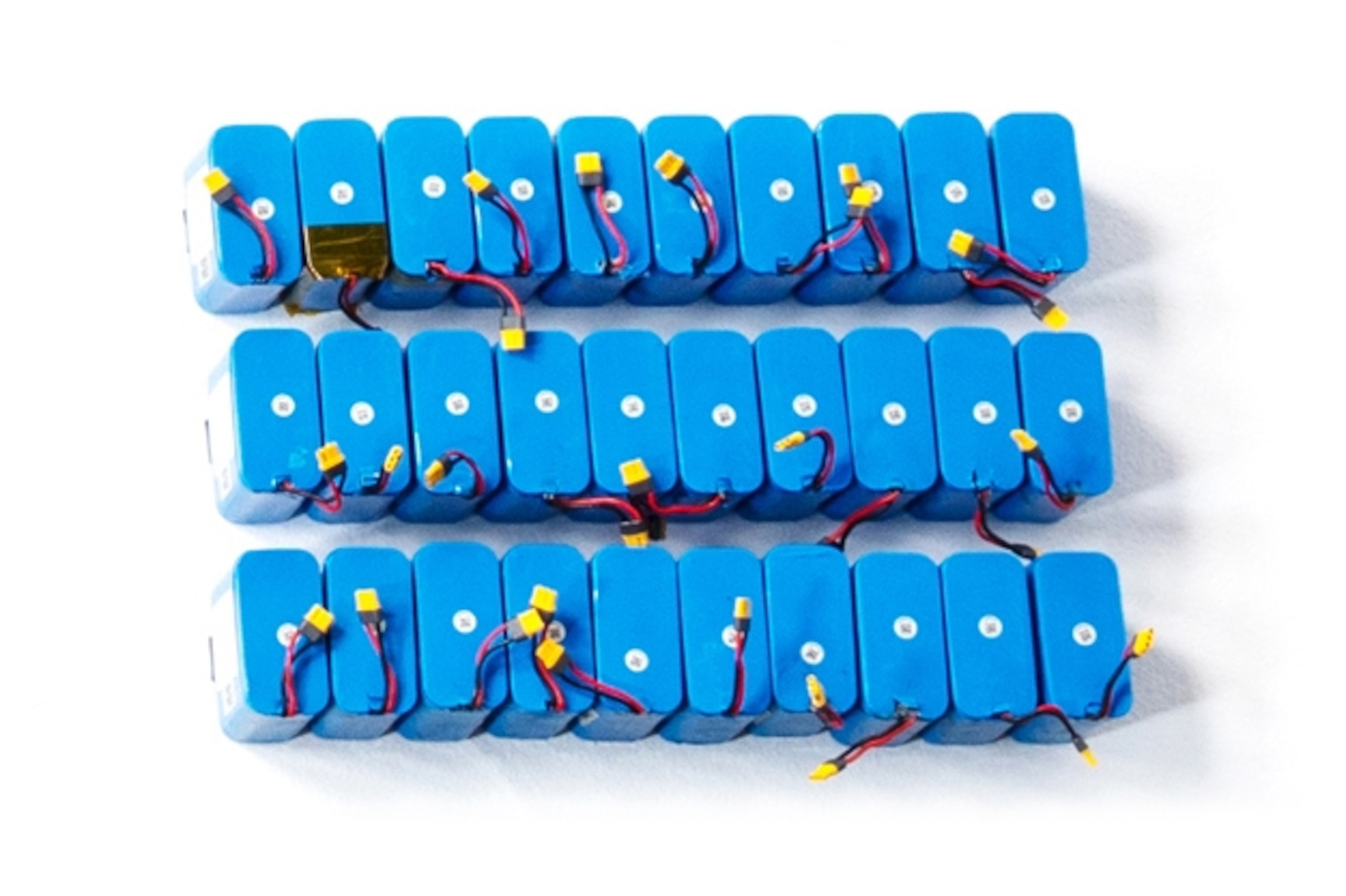
Mounts
O’Brien welded heavy-duty supports for the traps. In total, the gear he designed for Doest tipped the scales at roughly 1,100 pounds.
